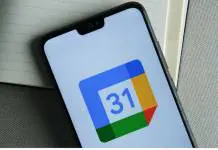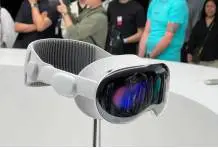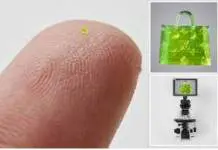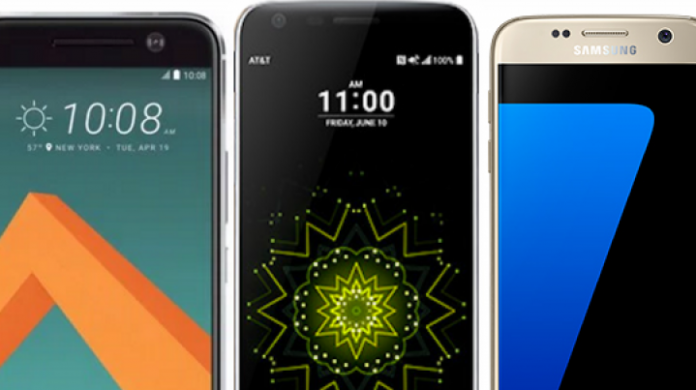
Samsung unveiled its latest flagship duo the Galaxy S7 and its curvier sibling the S7 Edge at the Mobile World Congress, 2016. LG had also taken the wraps of its flagship the LG G5 at the same event, while HTC had recently launched its HTC 10 after both the S7 brothers and the G5 went on sale.
So can the HTC 10 be the “Flagship Killer” and improve the status of the dying company or Samsung will emerge victorious in this battle. Let’s find out!
Design
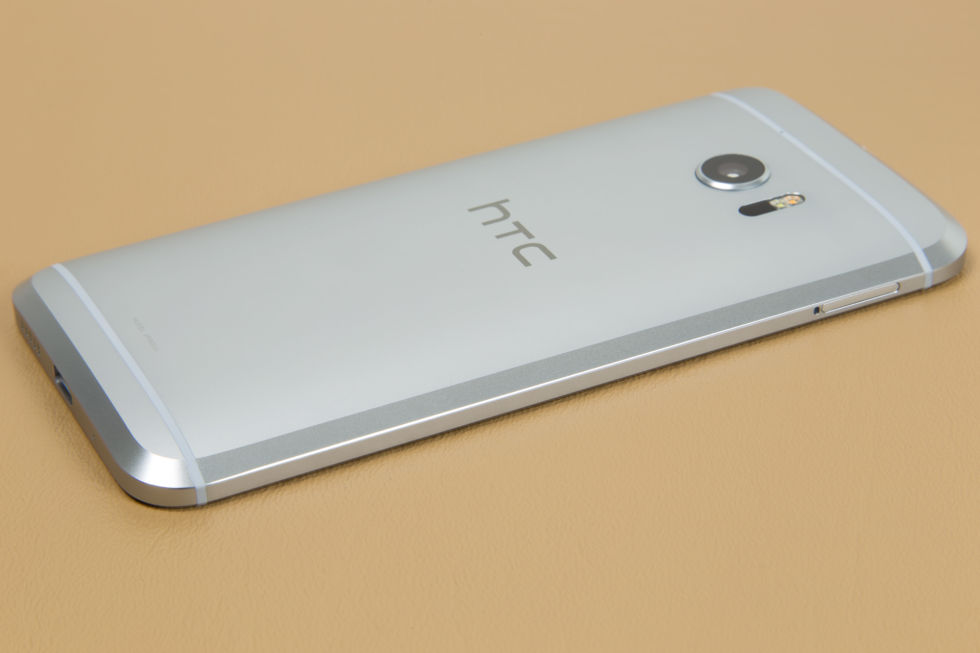
All the three flagships have classy and unique designs which make them stand out from the crowd. Ranging from Samsung S7 and S7 Edge’s “Glassy but Classy” look, to HTC 10’s full metal clad body or LG G5’s modular built, all the three have been built from the best options available.
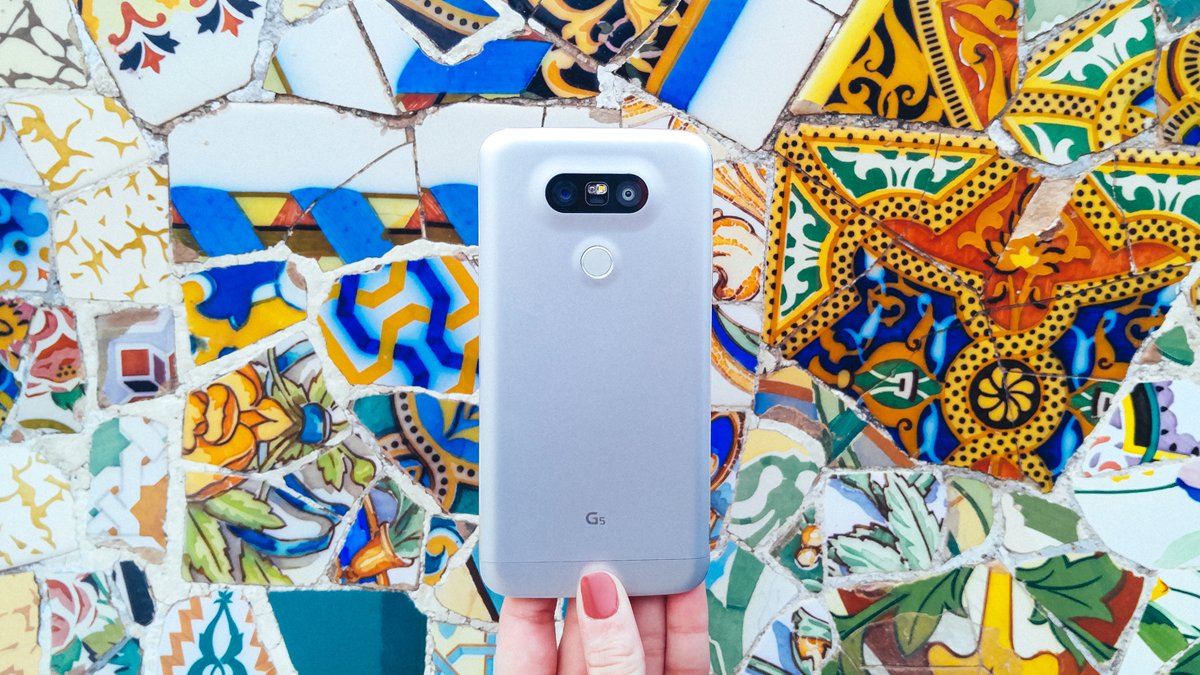
The HTC 10 sports new chamfered edges which not only provide an improved look, but also a good in-hand feel.
Samsung’s 2016 flagship does not feel the same as the S6 did, like a flat chunk of glass. Samsung has enhanced ergonomics with more curved edges improving the in hand feel.
The G5 is also comfortable to hold and has a metal build, save the modular parts.
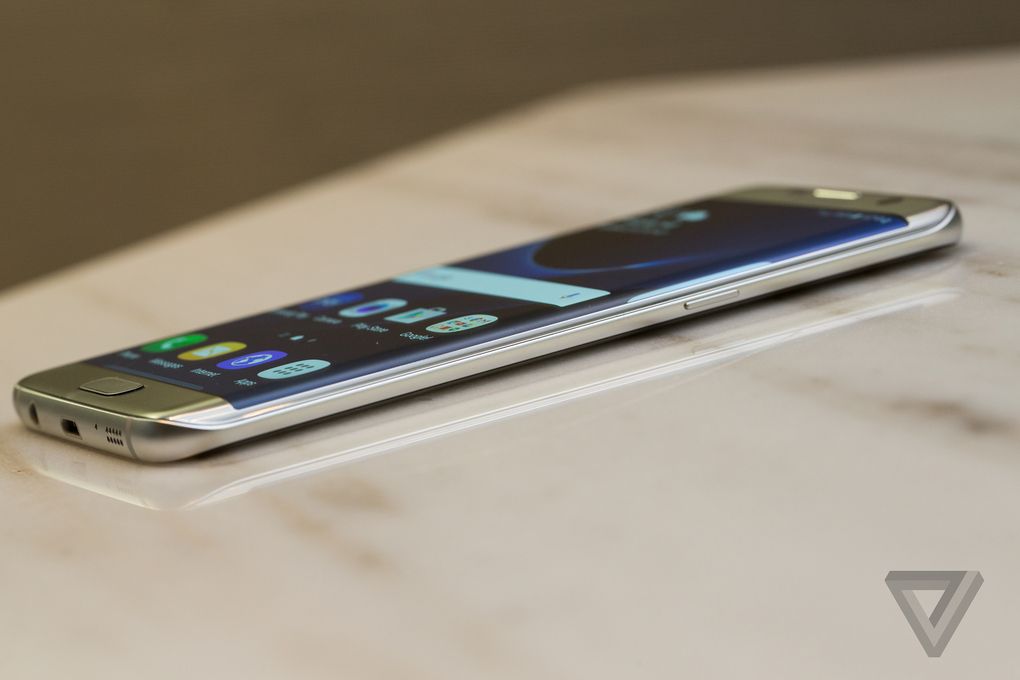
The S7 brothers and the HTC 10 have a home button which houses the fingerprint sensor, unlike the G5 which packs it at the back, like the Nexus 6P.
In the design department all the phones are premium looking and well built, so by choosing any of these three, one cannot go wrong.
Display
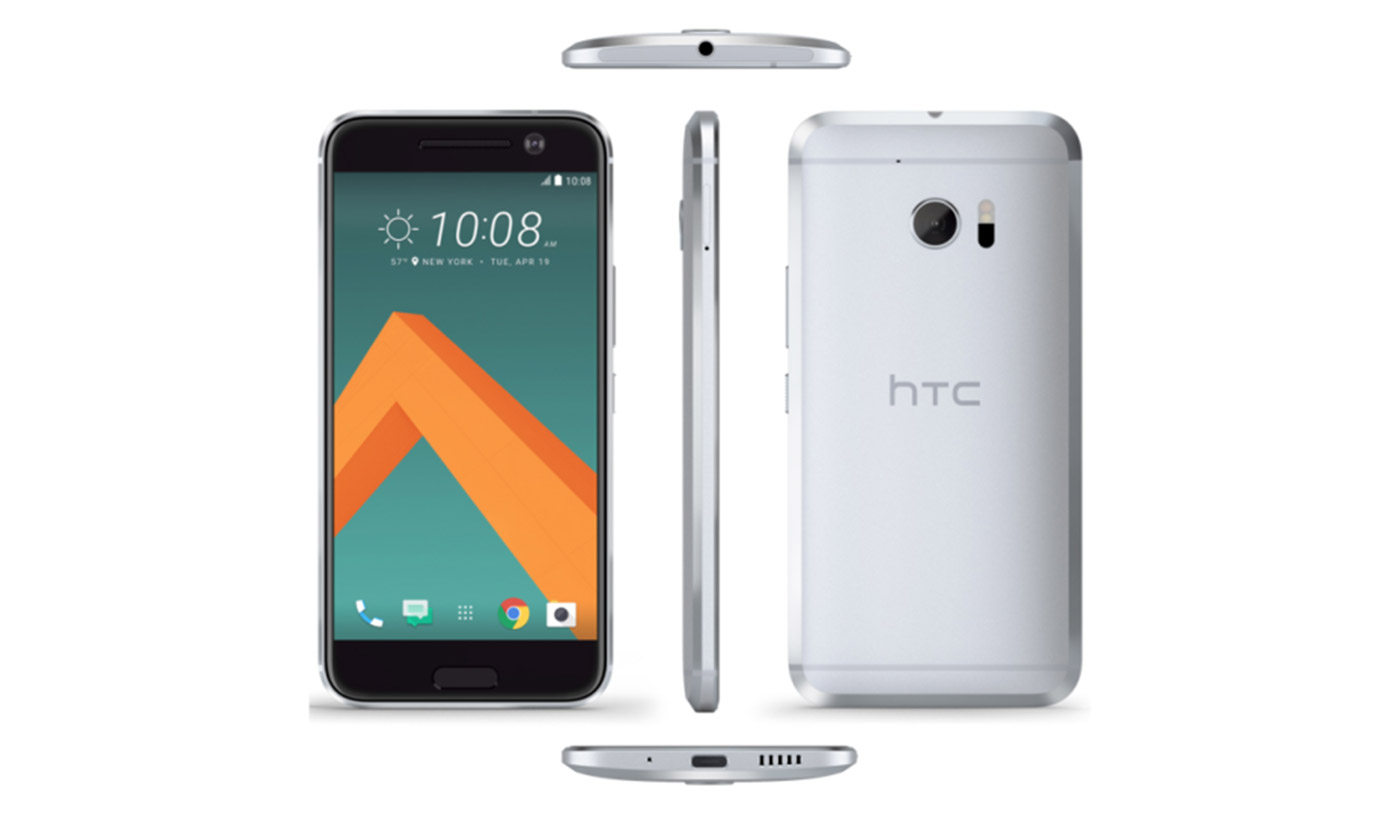
Samsung always had the edge over other smartphone OEMs in terms of screen quality.
With 2016 being the year of QuadHD displays, all three of the flagships sport them. The 5.3-inch Super LCD 5 display on the HTC 10 has solid outdoor visibility and the screen quality is almost at par with the 5.1-inch Super AMOLED display on the S7, although Samsung’s panel is a tad brighter with better colour reproduction.
The G5’s 5.3-inch IPS display is touted to be of the same quality, but it’s not as bright as the Samsung counterpart.

AMOLED has a reputation of delivering richer vibrant colours, while IPS might give better viewing angles and starker whites, the Super LCD 5 takes a lesser toll on the battery. All of the three displays are great with nearly equal pixel densities, but the 10 lacks the always-on display feature present on the other two.
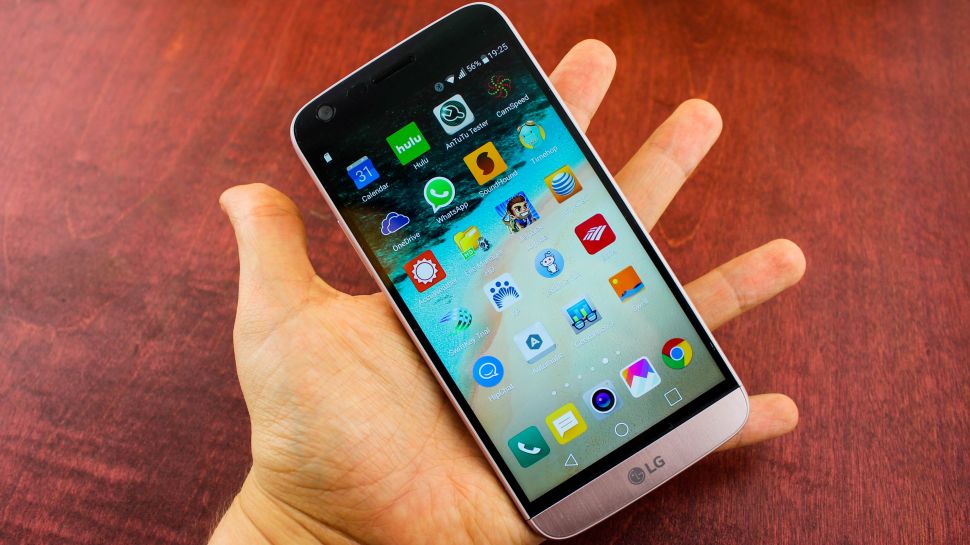
This always-on-display shows time, date, notifications, etc on the display. Samsung has done a splendid job with this by incorporating highly customizable designs and widgets while the quality of this always-on-display is sub-par on the G5.
Camera
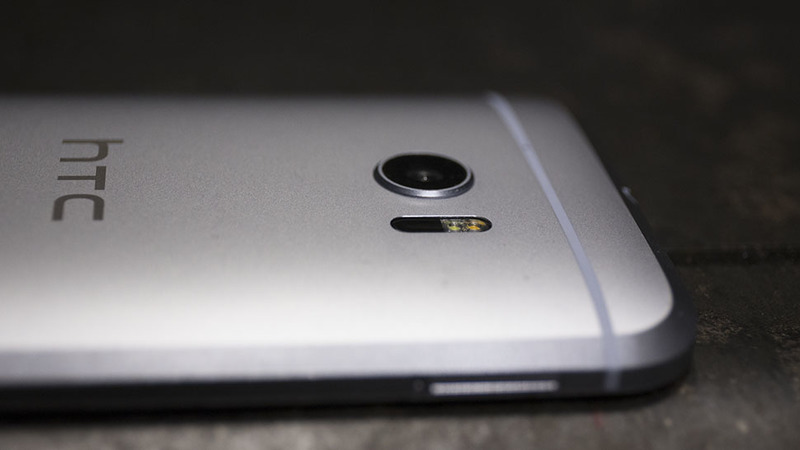
With its previous flagships performing poorly in the optics department, HTC has improved the primary camera on the 10 by including a 12MP UltraPixel sensor and a 5MP shooter on the front. Both the lenses feature an aperture of f/1.8.

The S7 also sports a 12MP rear camera with a slightly larger pixel size for better low light performance and a secondary 5MP camera having f/1.7 aperture for both.
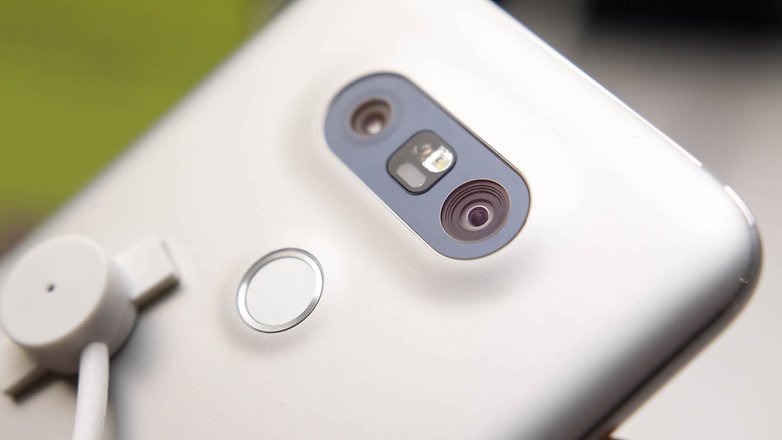
The G5 comes with a dual primary camera of specifications of 16 MP (f/1.8) and 8 MP (f/2.4), with the front one having a resolution of 8 megapixels with f/2.0 aperture.
On paper, the three contestants’ cameras are at par, though the 10, in particular, has attained a record score at DxOMark for a smartphone camera. Though, the overall quality and versatility in the optics department is delivered by Samsung.
Specs & Battery

Qualcomm’s Snapdragon 820 powers all the three players, housing 4 custom Kryo cores with two of them clocked at 2.2GHz and the other two at 1.6GHz, coupled with 4GB of RAM and Adreno 530 as the GPU.
There is also a Exynos 8890 Octa powered edition of the S7 for some markets. The Exynos 8890 is an octa-core processor (Quad-core 2.3 GHz Mongoose + quad-core 1.6 GHz Cortex-A53) with Mali-T880 as the GPU.
While the S7 and HTC 10 is available in both 32/64GB internal storage variant, the G5 comes in only one flavor of 32GB. Internal storage expansion via miceoSD up to 200GB is available in all the three, though HTC allows the SD card to be treated as adaptable storage too.
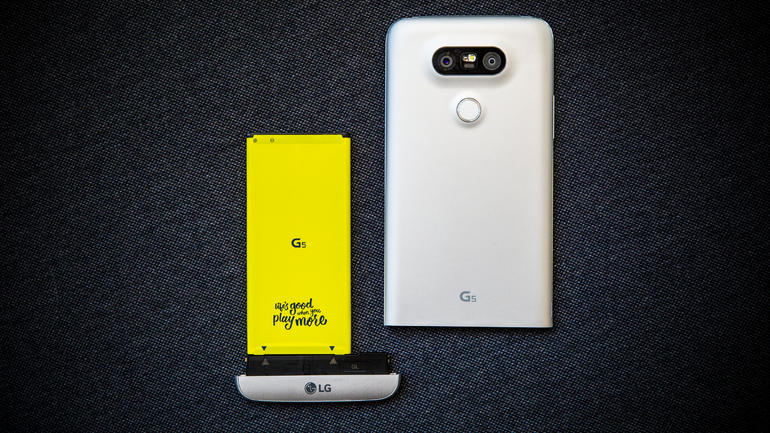
The G5 draws its juice from a 2,800mAh battery while the other two have a beefier 3,000mAh pack. Except for the G5, the battery is non-removable. Samsung is still stuck on QuickCharge 2.0 while the other two support QuickCharge 3.0.
Furthermore, Tupe-C is yet another new technology that Samsung missed this year and instead opted for the good old microUSB.
Software
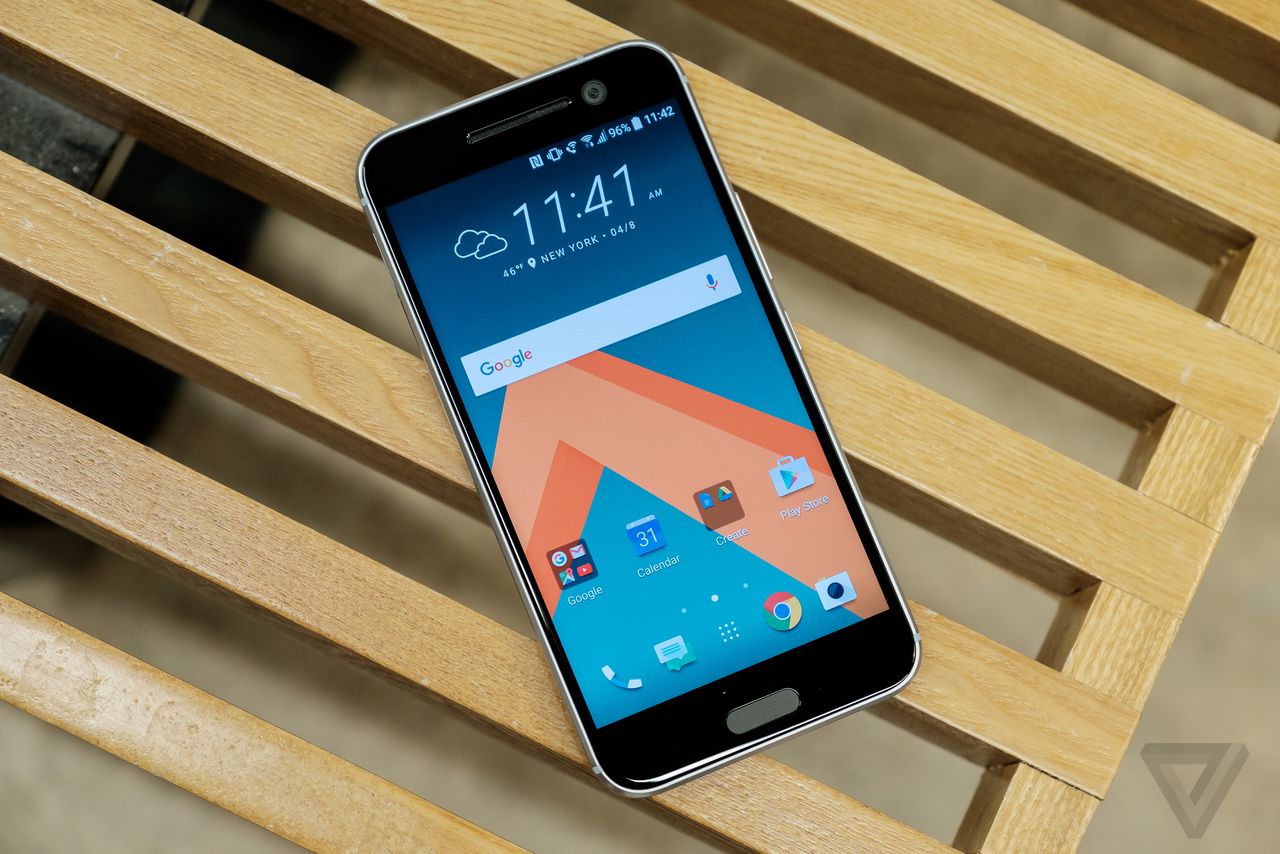
All the three flagships run Android 6.0 Marshmallow straight out of the box with their own skinned UI on top. HTC has worked with Google to prevent duplication of apps, while Samsung has loaded less bloatware on the S7. LG had initially dropped the app drawer from their skinned UI but there is a way to bring it back.
Pricing and Availability
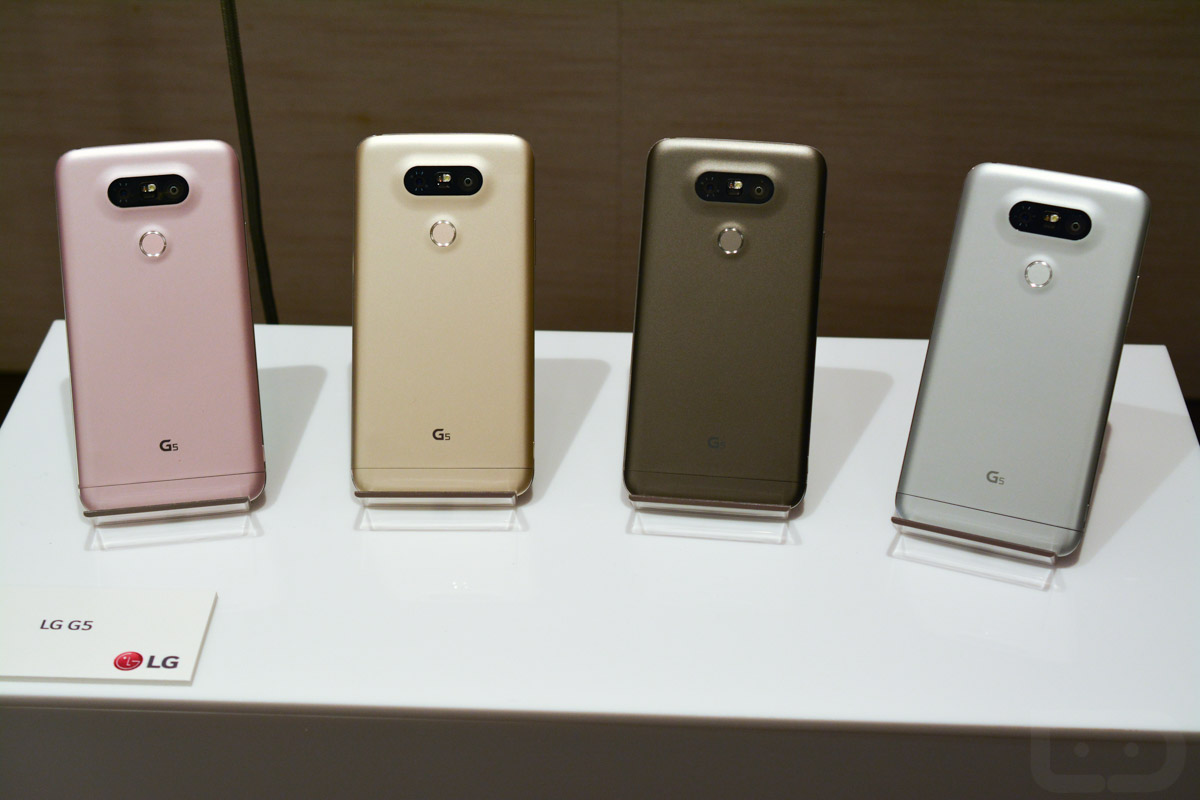
Since all the three are top in their game, don’t expect a humble price tag — $700 on average. The SIM unlocked version of HTC 10 sells for $699, while the S7 sells for $672 and the G5 for $689.
The Galaxy S7 and G5 are already available in a selection of countries under all major carriers, as well as unlocked in authorized retailers. HTC’s counterpart will be hitting the shelves soon, both locked and unlocked, though it came as a surprise that the handset won’t be available under AT&T.
The Verdict

The LG G5, the Galaxy S7 and the recently launched HTC 10 are all great handsets with minor drawbacks. So pointing out the best among them is a tough job. The Galaxy S7 triumphs over the other two in camera as well in day to day activities by a slight margin.
Which smartphone do you think is best? Let us know in the comments below.

